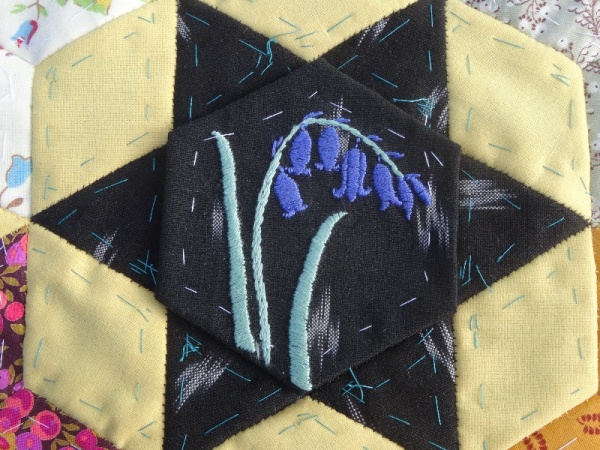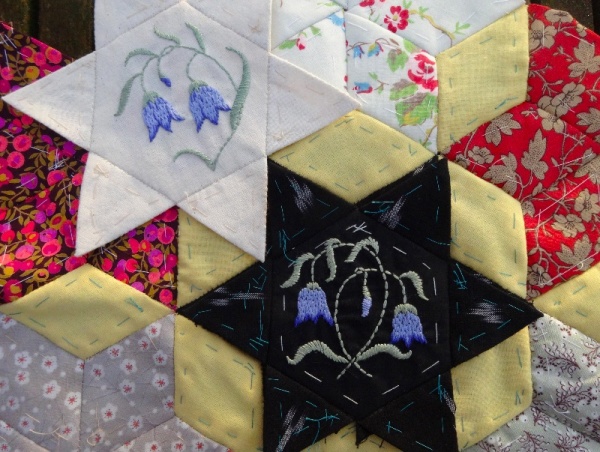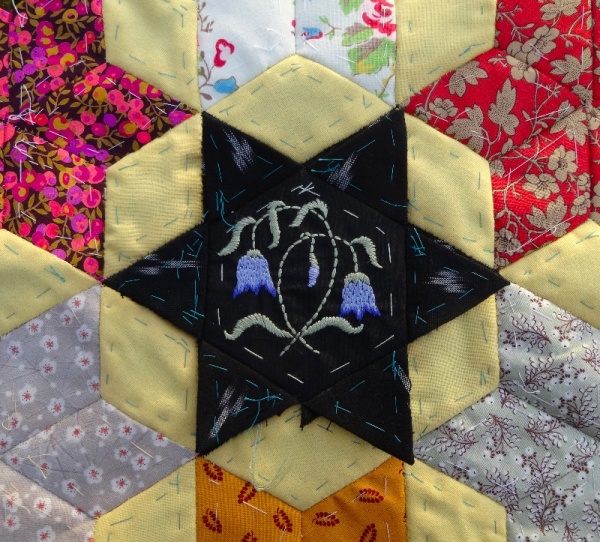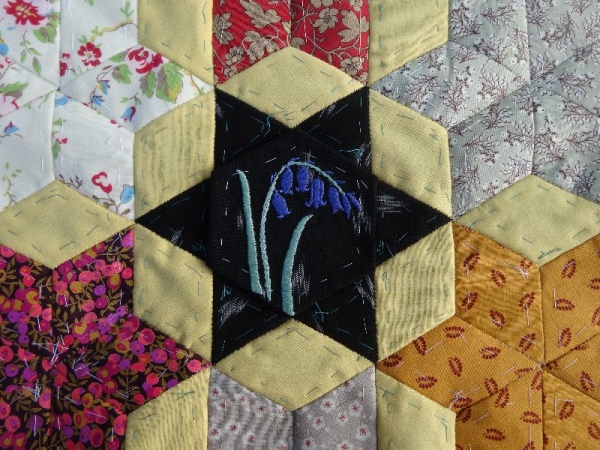These are a lovely December treat with just a hint of something special. The ingredients given make enough for 40 plump biscuits which was fine for me as I took them to both churches. You could easily halve the ingredients (using 2 medium sized eggs for the whites and the juice of a small lemon.) Don’t leave the chocolate chunks too large as some biscuits can end up without the chocolate’s creamy smoothness which contrasts well with the slightly boozy juiciness of the cranberries.
Ingredients
270 g ground almonds
180 g golden caster sugar
grated zest of a big lemon
100 g dried cranberries soaked in about 120 ml port
3 egg whites from large eggs
1 teasp of warmed honey or a squirt of agave nectar
icing sugar to dust the amaretti both before and after cooking
Soak the cranberries in the port for a couple of hours or, if time, overnight. Then put the soaked cranberries in a mesh sieve and let the liquid drain out of them for 20 minutes or so. Press ever so gently so the cranberries are not too soggy. (You won’t be using the strained liquid so find a member of the family who will happily find the slightly cranberry flavoured port a real treat.)
Preheat the oven to 170 degrees C/ 150 degrees C for a fan oven/325 degrees F/gas mark 3
Line 4 baking trays with baking parchment (or do in 2 batches, which is what I do).
Put the ground almonds, caster sugar and lemon zest in a bowl and mix together. Add the port-soaked cranberries (you could chop these. I left them whole) and smallish chunks of white chocolate.
In another bowl whisk up the egg whites and the honey/agave nectar until soft peaks form. Now fold this mixture into the dry ingredients in the other bowl until a paste forms. Gather this into a ball.
Dust your hands with icing sugar/ extra ground almonds and pinch off walnut sized pieces of the paste, roll them into bowls and drop them in a bowl of sifted icing sugar. (If you have more ground almonds, I often shake some into the icing sugar but it is a bit extravagant when you’ve already used 270g). Put them on a baking sheet, flattening them slightly.
Bake for 12-15 minutes. (for each batch if you have to reuse your trays, though do let the tray cool first).
Remove from oven and place on a wire rack to cool. While still hot, sift a little more icing sugar over them.
This is my first church biscuit post since August. I have made biscuits since then but somehow I’ve never got round to blogging them – I even have a draft harvest post which includes some ‘fat rascals’ (a sort of apple scone) but, unlike the harvest, the draft never reached fruition.





